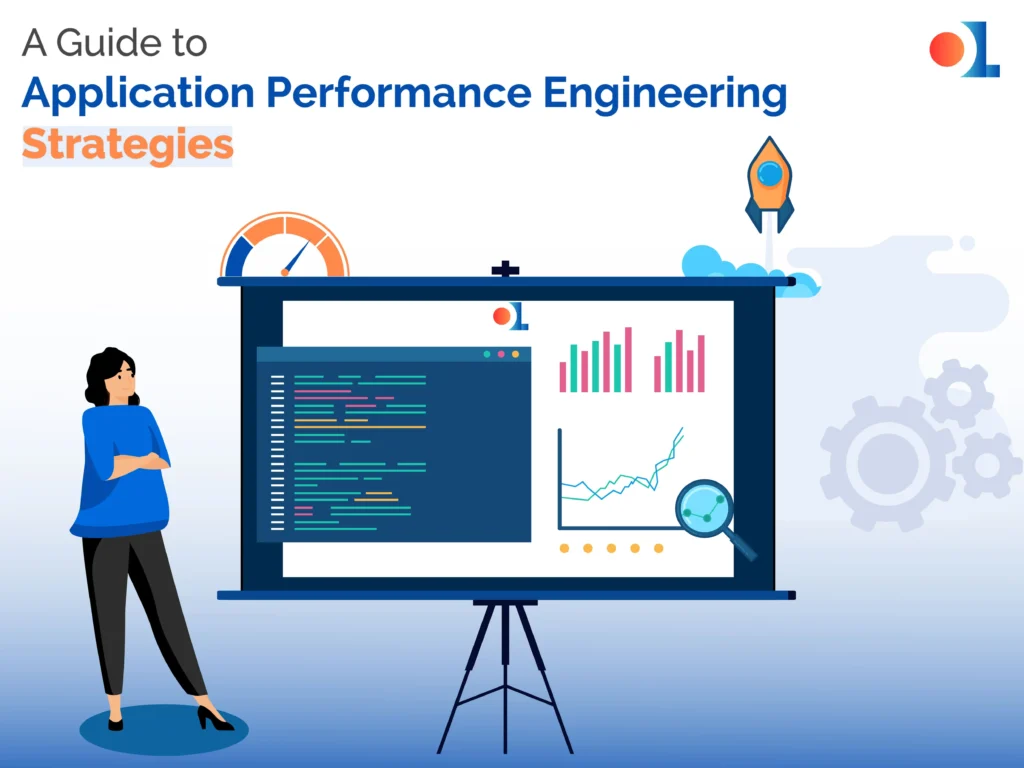Have you ever found yourself in an app where it felt like everything was temporary because the loading time would take a sloth going on vacation to match it?
Nowadays, in the digital era, where people are focused on quick answers, fast application load times are a priority.
This is where we stand at Application Performance Engineering (APE), bringing up our laptops and checking the mail.
APE is the star tool of a professional development team. This is a preventive measure for confident application execution to deal with high herds of data loads. Check out the basics of application performance engineering.
Unlike performance testing, which tests the application at the end of the cycle, APE is stable throughout the system development cycle. The same principle applies to catering to the emotional side of the consumers’ buying journey.
Here are some key strategies to consider for your APE toolbox
1. Define the Finish Line
◈ Each journey that ends with accomplishment has in sight the final destination. Similarly, species that are threatened with extinction, called application performance engineering (APE), also need to be given special attention. A performance target is an excellent example of objectives to be achieved before you jump into serious coding.
◈ How many second(s) types?
◈ What response times do you want to accomplish in your app?
◈ What number of users do you assume would utilize the application simultaneously?
◈ Such targets are the means to the end, the route along which all the features and functions of the gadget come into being.
2. Create Good Products that Meet the High-Performance Standards
◈ Make sure multithreaded optimizations, data centers with failover, and resulting in massive scalability are in place when your user base increases.
◈ The sound base is the key, and you ensure your application is robust so that it won’t collapse from the weight of heavy loads.
3. Pilot Testing During the Journey
◈ By the way, we mean components that range from unit testing (the smallest building blocks) to integration testing (parts working together seamlessly) to meet user expectations anyway, not all users accept the new product or feature (user acceptance testing).
◈ By doing this, you avoid snowballing problems buzzing you downstream but instead detect and solve all alert areas earlier.
4. Leverage Performance Monitoring Tools: The Mechanics of Your App
◈ Fantastic monitoring tools, such as performance, can watch over the critical indicators – response time, resource utilization, and error rates. Imagine service tools like your mechanic, which will provide beneficial information about how to run your application.
◈ With this data in your hands, you can resolve any issues because they are visible to you in advance, which reduces negative impressions of your users.
5. Continuous Optimization
◈ Continuously iterate over your code and reconsider the infrastructure and resources allocated to upgrade your application’s performance to the highest possible level. But, for the one that looks just perfect, maintenance interventions will mean the difference between a hiccup-free drive and a spontaneous breakdown.
◈ To keep the app modified in a way that will make a smooth and effective interaction for the users, you must constantly fine-tune it to ensure this is accomplished.
The golden rule of Application Performance Engineering
2. The developers are in charge of coding, the testers spot efficiency era, operations ensure the infrastructure is smooth, and the business people guide user needs and wishes. Through close cooperation and joint force, the application will be able to cope with the changes in the business processes and won’t disappoint its users.
3. In APE, a wide array of teams work concurrently to develop a product that is best for the users.
4. The tactics mentioned will help you ship an application that can handle any situation in the real world. There is an opportunity to bring in Application performance Engineering’s magic!


